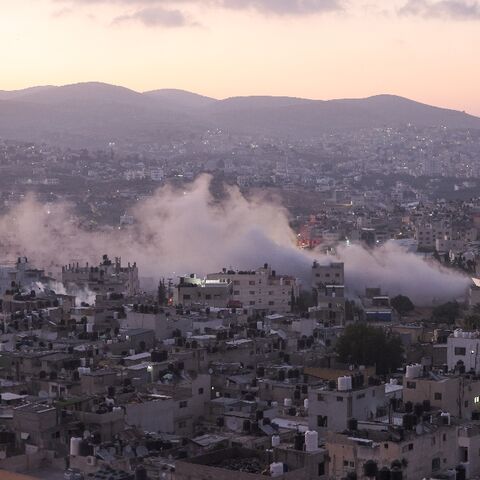The US military said on Thursday that its retaliatory strikes killed eight Iran-backed fighters in Syria last week, adding that several additional US soldiers suffered brain injuries.
Pentagon spokesman Brig. Gen. Patrick Ryder said that the March 24 US airstrikes near Deir ez-Zor in northeast Syria targeted two facilities used by Iran’s Islamic Revolutionary Guard Corps (IRGC). Eight fighters were killed, according to Ryder, though they appear to have not been Iranian citizens.
“To my knowledge, not Iranians. These are individuals that are associated with the IRGC," Ryder told reporters.
Ryder added that six US soldiers were found to have suffered traumatic brain injuries following Iran-backed forces' attacks on US military positions in northeast Syria on March 23 and 24.
Background: On March 23, a drone struck a facility used by the US military in Hasakah in northeast Syria. A US contractor was killed and five US soldiers and another US contractor were injured. The Defense Department said the drone was of Iranian origin. In response, CENTCOM conducted airstrikes against targets in eastern Syria that they said were used by groups aligned with the IRGC. On March 24, another US military site known as the Green Village in northeast Syria was attacked with rockets, injuring one US soldier.
Ryder said that the six injured individuals from the Hasakah drone attack and the one injured in Green Village are in stable condition. He added that four of the soldiers who suffered brain trauma were near Hasakah, while the other two were in Green Village.
Why it matters: Last week’s tit-for-tat attacks marked a significant escalation in the conflict between US and pro-Iranian forces in the region. Though such strikes have occurred against the US military in Syria in the past, most recently in January with the drone attack on al-Tanf, this month's strikes recorded more casualties than in the past two years and exposed US forces' vulnerability to drone attacks in Syria.
The strikes also occurred as Iran gets closer to developing nuclear weapons-grade uranium. Last week, Chairman of the Joint Chiefs of Staff Gen. Mark Milley told Congress the US has developed “multiple options” in the event Iran develops a nuclear weapon.








